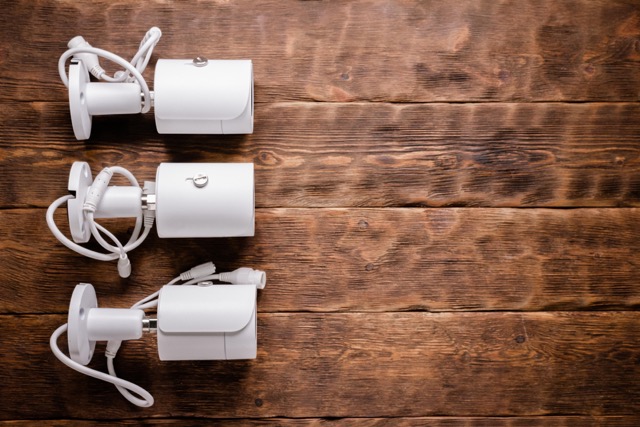In recent years, the fitness industry has witnessed an explosion of smart technologies that enhance traditional workout methods. Among these innovations, smart bodyweight training equipment has emerged as a popular choice for those seeking a more efficient and effective approach to fitness. This article delves into the intricacies of smart bodyweight training, examining its features, benefits, limitations, and critical considerations for selecting the right equipment to meet individual needs.
Understanding Smart Bodyweight Training: A Comprehensive Overview
Smart bodyweight training leverages technology to optimize the practice of bodyweight exercises. Unlike traditional workouts that rely solely on physical exertion, smart equipment incorporates sensors, digital interfaces, and connectivity features to provide real-time feedback and coaching. This integration facilitates personalized workout experiences, enabling users to monitor their performance and progress more closely than ever before.
The concept revolves around the use of bodyweight as resistance, eliminating the need for external weights while still delivering effective strength and conditioning outcomes. Examples of smart bodyweight training tools include smart resistance bands, interactive fitness mirrors, and mobile applications that guide users through workouts. These technologies cater to a diverse range of fitness levels, making them accessible for both beginners and seasoned athletes alike.
Moreover, the rise of smart bodyweight training is propelled by an increasing demand for home fitness solutions, especially in the wake of global events that have reshaped exercise habits. As more individuals seek to integrate physical activity into their daily routines without the constraints of gym memberships, smart bodyweight training provides a convenient and adaptable alternative, fostering greater engagement and consistency in workout regimens.
Key Features of Smart Equipment for Bodyweight Workouts
Smart bodyweight training equipment is characterized by several innovative features that distinguish it from conventional workout tools. One prominent feature is the integration of real-time performance tracking, which often includes metrics such as repetitions, time under tension, and calories burned. This data allows users to assess their progress and adjust their training intensity accordingly, fostering a deeper understanding of their physical capabilities.
Another key feature is the incorporation of interactive coaching and guidance. Many smart devices utilize artificial intelligence algorithms to analyze user performance and offer tailored recommendations. For instance, smart mirrors can provide instant feedback on form and technique, while mobile apps may suggest modifications to exercises based on user strength levels. This personalized coaching capability enhances workout effectiveness and minimizes the risk of injury.
Lastly, connectivity is a defining attribute of smart bodyweight training equipment. Many devices can sync with smartphones, tablets, or fitness trackers, enabling users to access a wide range of features, including workout libraries, community challenges, and progress tracking dashboards. This connectivity not only enriches the user experience but also fosters a sense of community among fitness enthusiasts, encouraging accountability and motivation.
Benefits and Limitations of Smart Bodyweight Training Tools
The benefits of smart bodyweight training tools are manifold. One of the primary advantages is the ability to receive real-time feedback, which can significantly enhance workout efficiency. Users can identify areas for improvement in their form and technique, ultimately leading to more effective exercise sessions and reduced injury risk. Additionally, the data-driven approach to fitness allows for precise tracking of progress, helping individuals stay motivated and engaged.
Another significant benefit is the versatility these tools offer. Smart bodyweight training equipment can often accommodate a wide range of exercises, from basic movements to advanced variations. This adaptability makes it suitable for various fitness levels and allows users to tailor their routines specifically to their goals. Furthermore, many smart devices come with built-in workout programs and challenges that can inject variety into training sessions, combating monotony.
However, there are limitations to consider when investing in smart bodyweight training tools. The reliance on technology means that users must have a basic understanding of digital interfaces and connectivity. Additionally, some individuals may find the cost of smart equipment to be a deterrent, as these devices can be more expensive than traditional workout gear. Finally, while smart technology can enhance training, it cannot replace the fundamental importance of consistency, discipline, and proper nutrition in achieving fitness goals.
How to Choose the Right Smart Equipment for Your Needs
Selecting the appropriate smart bodyweight training equipment involves a thoughtful assessment of individual fitness goals, preferences, and circumstances. Begin by defining your objectives, whether they involve building strength, improving endurance, or enhancing flexibility. Understanding your priorities will help narrow down the types of smart equipment that best align with your specific needs.
Next, consider the features that matter most to you. If real-time feedback and coaching are essential, look for devices that offer advanced metrics and personalized training suggestions. For those who enjoy community engagement, consider equipment that facilitates social interactions or participation in challenges. Additionally, assess the compatibility of smart devices with your existing gadgets, as seamless connectivity can greatly enhance the user experience.
Finally, budget should also play a crucial role in your decision-making process. While high-end smart equipment may offer extensive features, there are often more affordable options that can still meet your training needs effectively. It’s advisable to read reviews and seek recommendations from fellow fitness enthusiasts to ensure that you’re investing in a quality product that will deliver value over time.
Smart bodyweight training equipment represents a significant evolution in the way individuals approach fitness. By integrating technology with traditional bodyweight exercises, these tools offer enhanced feedback, personalized coaching, and improved tracking capabilities. While there are benefits and limitations to consider, understanding how to choose the right equipment tailored to individual needs can lead to more effective and enjoyable training experiences. As the fitness landscape continues to evolve, embracing smart bodyweight training may very well be the key to unlocking one’s full potential.










